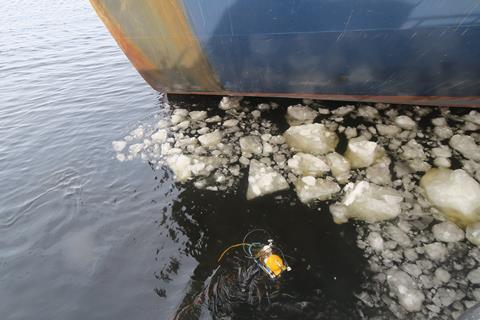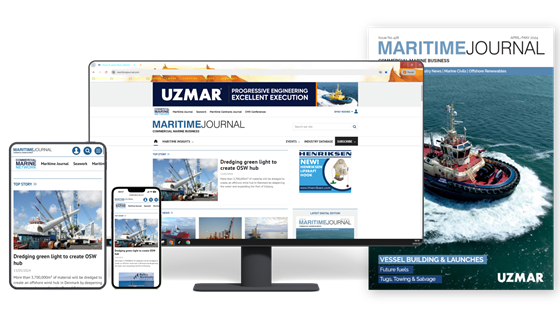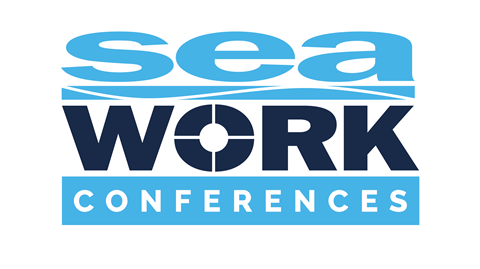When damage to propellers occurs due to impact with ice and other debris Hydrex can help shipowners, even if the damage is quite extensive.
By taking advantage of the Hydrex in-house developed cold straightening technique, damaged blades can be straightened underwater, allowing the ship to return to commercial operations without the need to drydock.
If straightening is not an option, the affected area of the blade will be cropped. This is done to achieve the greatest possible efficiency. Cropping is carried out using our propeller blade cutting equipment.
Below you can read some case studies that illustrate the wide range of afloat operations Hydrex teams can carry out.
Smoothing the creases
One of the propeller blades of a 180-meter bulker was severely bent. A fast, on-site solution to restore the propeller’s balance and efficiency was needed. Hydrex therefore sent a team to the ship’s location in Rotterdam with one of company’s workboats.
After the equipment arrived the team started the operation with a detailed survey of the ship’s propeller. This revealed that one of the other three propeller blades was also bent slightly. It was decided to straighten this blade as well.
With the survey completed and in close communication with the team leader in the monitoring station onshore, the divers returned the bent blade to its original state. When the straightening was complete, the Hydrex technicians polished the blade to make sure that any remaining loss of efficiency would be minimal. The same procedure was then repeated on the other damaged blade.
Ice and cold no match for Hydrex
The conditions for a similar repair in Tornio, Finland were a lot less warm. All 4 blades of a 144-meter general cargo ship were bent. Hydrex mobilized a team to straighten the blades using the same procedure as on the vessel in Rotterdam. They traveled through the snowy landscapes with two vans and the needed equipment to the ship’s location.
During the operation the divers had to work in water filled with chunks of ice, but these conditions offered no problem for them. They are used to adapt to different circumstances and carried out the repair without any loss of quality.
Afloat propeller blade cropping in Dunkirk
The four blades of a 229-meter bulker’s propeller were severely bent. An on-site solution was needed to restore the propeller’s balance and efficiency. A team was therefore mobilized to the ship’s location in Dunkirk, France, to modify the damaged blades.
After the equipment arrived at the vessel’s location the team started the operation with a detailed survey of the affected propeller blades. The inspection revealed that the four blades were bent over angles of up to 90 degrees.
The team then used the information acquired during the inspection to calculate and determine the correct measurements needed to modify the trailing edges of the propeller blades. Next the divers cropped the blades and ground their edges to give them the correct radius. When the cropping was complete, the Hydrex technicians polished the blades to make sure that any remaining loss of efficiency would be minimal.
The bulker could continue its schedule without going offhire to drydock and with the performance of its propellers restored.













